Monthly Archive: May 2011
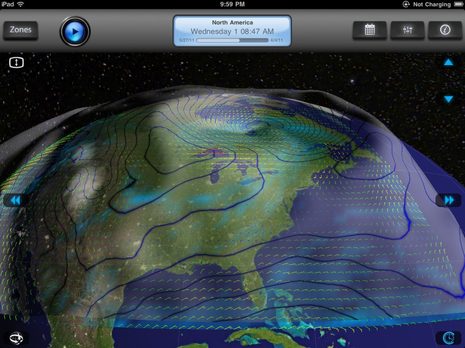
When I wrote about Garmin’s new GDL 40 cellular weather system recently, the comments reminded me about how many different ways there are to access data and forecasts (and how opinionated some folks are about the methods they favor). So I guess I shouldn’t be surprised when two apps that both specialize in downloading and displaying GRIB weather model data on iPads or their smaller siblings, take quite different approaches to the task…

As I hope you know, the 2011 MTA marine electronics survey is underway right now, but what follows is another in a series of entries derived from the 2010 survey. As usual, I’m a bit amazed at how the MTA guys can slice and dice out of our opinions. Frankly, market intelligence is more mysterious to me than all the wires on Gizmo, but I do get how this could help the industry serve us better. At any rate, please take the 2011 survey, and here’s MTA….
Seen above is the Sony head unit Jeffrey Schwartz installed as part of an elaborate stereo system on his Benateau. You may recall that Jeffrey has also installed the Mas-Tech M200 Yanmar-to-N2K system discussed...
Maretron’s new DCR100 DC relay box will not create a true distributed power system because it doesn’t replace conventional circuit breakers. But it can give you some of the features — like extending switching...
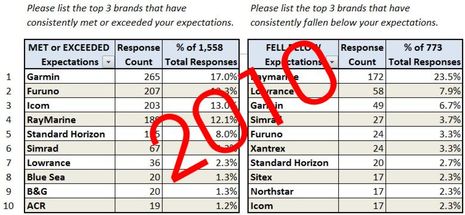
The MTA Spring 2011 Survey is ready for your input. One of several sections I’ll be quite interested in is the one where respondents write in the marine electronics brands that have exceeded or fallen below their expectations. As discussed last April, the results indicate both brand recognition and perception, and I wonder if we’ll see any significant changes. The poll is very similar to last year’s, taking about twenty minutes and earning either Doctors Without Borders or Internews (your choice) one dollar. The major reward, though, is the chance to let the industry know what you want. The MTA 2011 Survey awaits.
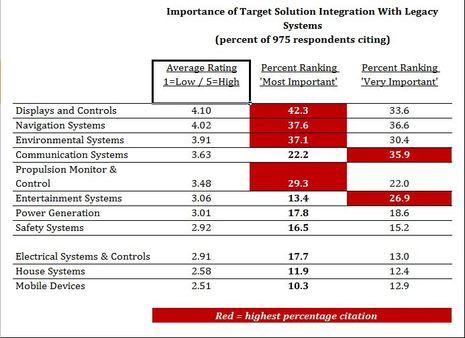
Marine Technology Advisors is really taking shape. You’ll find a new web site at that link, and better yet, the firm tells me that it’s getting some attention from marine electronics manufacturers and distributors. The following entry, like the ones in April, is based on last year’s survey, specifically where “integration” fit in when marine electronics buyers were asked to rank its importance versus other criteria like pricing, reliability, performance, and feature sets. Nearly 1,000 of you took the survey last year — which established some good base numbers — and starting tomorrow the 2011 survey will begin. Please come around whether you filled in the original or want to add your two cents.
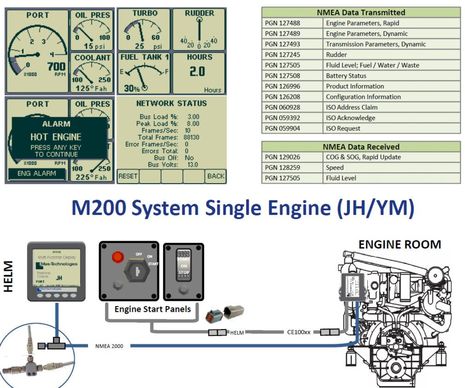
Thanks to Panbo reader Jeffrey Schwartz I just learned about the Mas-Technologies M200 system, which looks like it can neatly translate analog sensor data from Yanmar model JH, YM and LP diesel engines into NMEA 2000 PGNs that can be read by many displays, including its own. The system — which starts $1,469 — can also read four analog tank sensors and a rudder indicator, dual engines are supported, and Mas-Tech also offers start panels and even a wired shift-and-throttle remote. But something seems odd…
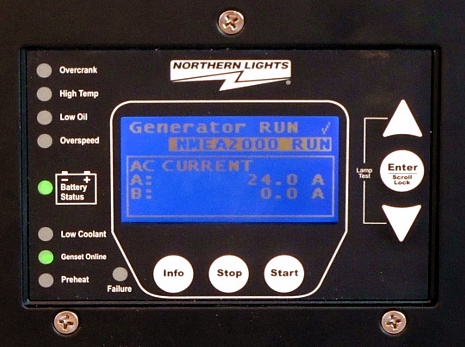
When Westerbeke developed a NMEA 2000 monitoring and control head for its generators way back in 2006, I thought the other generator manufacturers would follow right along. The approach seemed to simplify cabling and make it possible to at least monitor a generator from other displays if not actually go to the next level where, say, a NMEA 2000 inverter could turn the generator on and off as AC loads changed. To my knowledge that sort of advanced control has not happened yet, though in fact a check of NMEA’s database of standard PGNs suggests that it is possible (look in the “power” category). One problem is that so far only Northern Lights seems to have followed Westerbeke’s lead, with the WaveNet panel seen above…
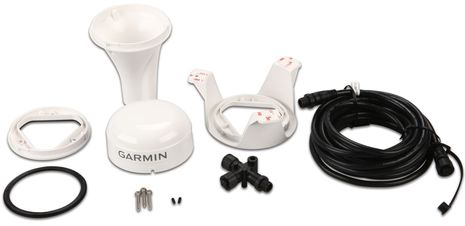
Yes, the hardware kit looks just like a Garmin 17x GPS or GXM 51 Satellite Weather rig — what with three different install options, under deck included, and an N2K cable and tee for power and data — but in fact it’s the company’s brand new GDL 40 Cellular Marine Weather Receiver, just announced today and shipping in June. I think it will be an attractive new integrated weather option because the hardware is reasonable at $300 retail and you only pay for the weather data — available to start along the coasts of the U.S., Canada or Europe — when you use it. But when you think about what other services could be provided by a two-way GSM cellular modem networked to your boat’s NMEA 2000 network and (Garmin) MFDs, I think you’ll agree that this may be one of the most important products of the year…

Boat juice — the 12 volt kind — will be a big subject on Gizmo this season, and hence on Panbo. Designing and installing a solar panel system and experiments with various battery monitoring and distributed power technologies are all on the list, but step one is getting the Prestolite Leece-Neville 130 amp alternator that charges the main bank up to snuff. Last summer I needed help from Panbo readers to figure out that this alternator was actually working pretty well despite the large (and erroneous) amperage deficit shown on the Link 1000. But it began behaving badly toward the end of the season, sometimes refusing to charge, and besides I’d been persuaded that a more sophisticated regulator would be a good investment…

















